Showing 164 news posts
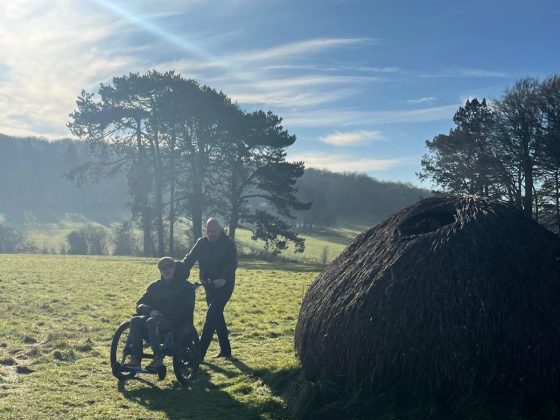
17 January 2025
Access for All event
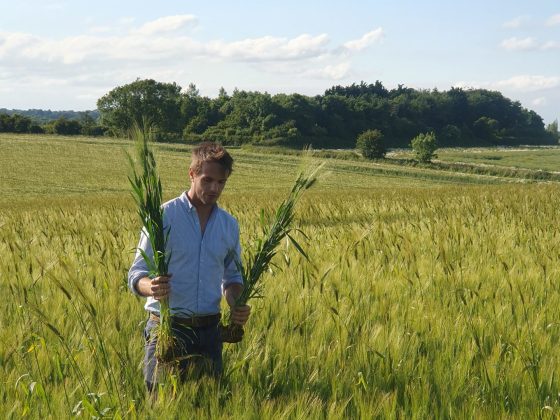
13 December 2024
Regenerative Agriculture Accelerator Programme
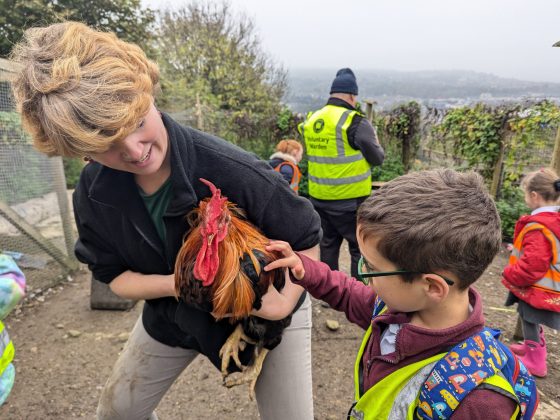
13 December 2024
Generation Green 2
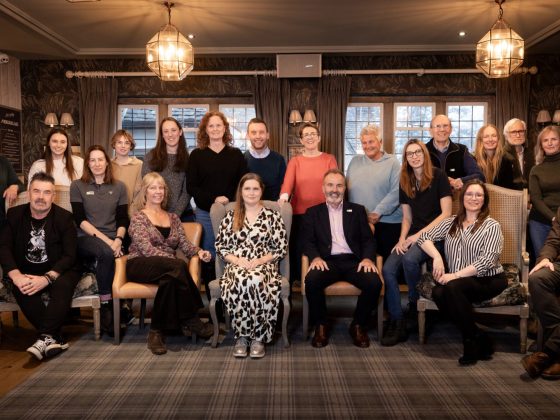
5 December 2024
Welcome to Rebecca Waite
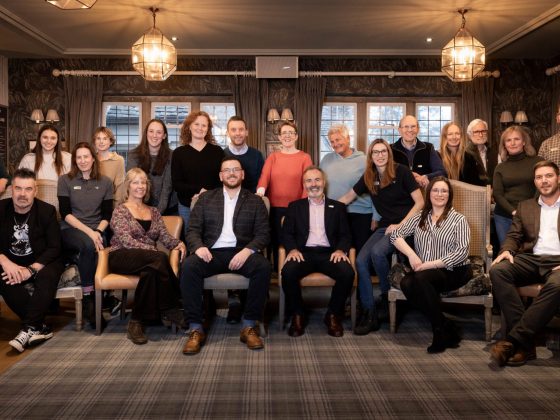
20 November 2024
Farewell to Andy Parsons
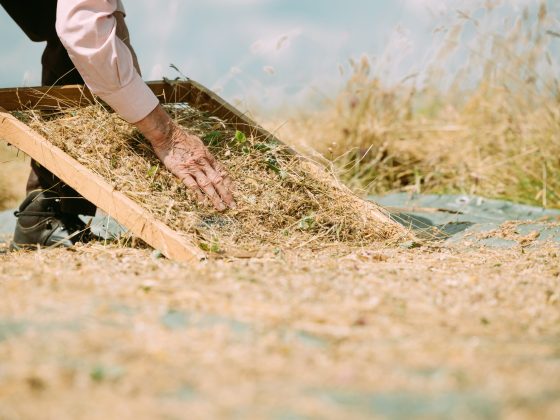
27 September 2024
Summer concludes with a record seed harvest
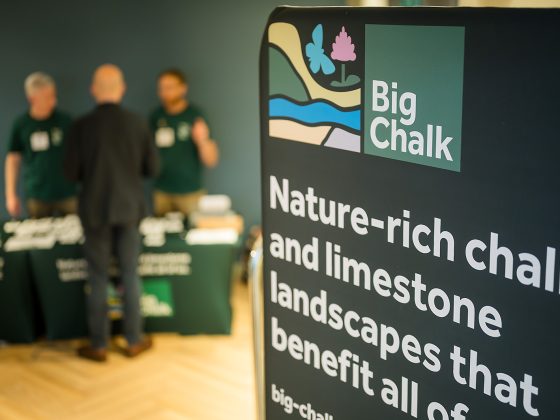
27 September 2024
Big Chalk Conference 2024
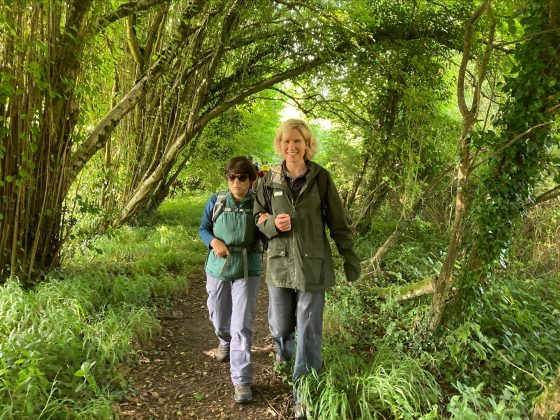
12 September 2024
Continuing to widen the welcome
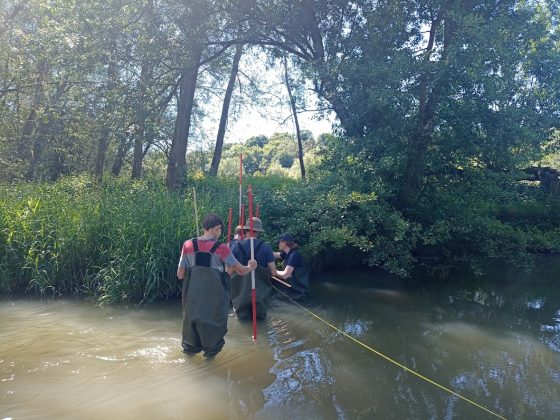
2 August 2024
Everyone's Evenlode conclude summer delivery

1 August 2024
Refugee Resource at Blenheim Palace
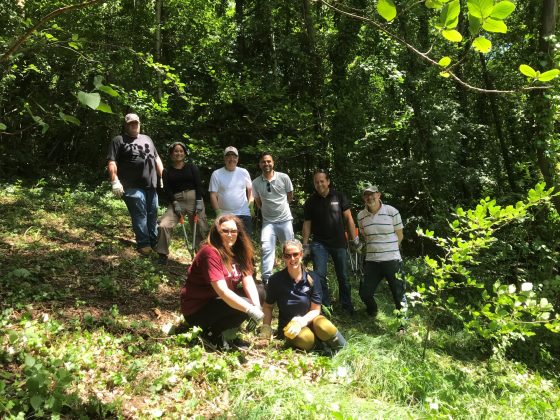
8 July 2024
More corporate volunteering
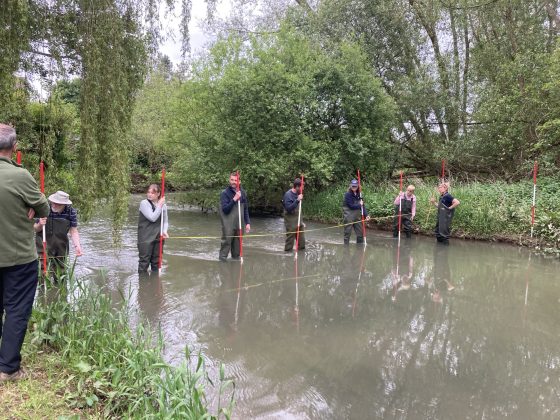
21 June 2024